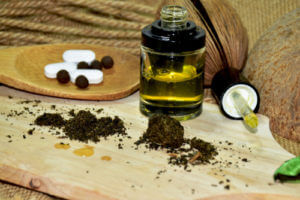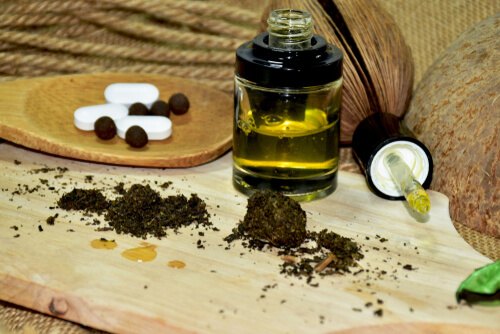
The US Farm Act of 2018 legalized the industrial cultivation of hemp plant strains that have less than 0.3% of THC. Cannabidiol (CBD) health and wellness products made using hemp extracts is the buzzword among health-conscious people. This is because of the health benefits of these items and the absence of psychotropic effects due to the minusculeTHC concentration. However, some people are still doubtful about consuming these products because of the THC content. In this article, we look in-depth at the difference between THC and CBD, read on to know more.
Difference In THC And CBD Molecular Structure
Both THC and CBD are isomers, i.e. they have the same chemical formula (C21H30O2), but different molecular structures. Because of this, they have different chemical properties and thereby varies in their effects on our body. Moreover, they are the two major phytocannabinoids naturally found in the cannabis family of plants that includes both hemp and marijuana. The marijuana plant has higher THC concentrations, and this is the reason for the psychotropic effects of its products. The hemp plant has higher CBD concentration. Finally, both plants have been used in oriental medical practices for thousands of years for their therapeutic and medical benefits.
The Effect Of THC And CBD On The Body
Both THC and CBD produce their effects mainly by interacting with CB1 and CB2 receptors of the endocannabinoid system (ECS) that is found in all vertebrate mammals. THC binds with CB1 receptors that are found in high concentrations in the central and peripheral nervous systems. CBD interacts with CB2 receptors that are associated with the immune system. Furthermore, when CBD and THC are consumed together, CBD, through its allosteric modulation, reduces the CB1 receptor’s affinity for THC. This decreases the overall effect of THC on our bodies.
Medical Benefits Of THC And CBD
Cannabidiol (CBD) is popular among consumers due to its anti-inflammatory, analgesic, anticonvulsant, neuroprotective, anxiolytic, antiemetic, and sleep-inducing effects. Because of this, it is used for treating anxiety, depression, insomnia, managing diabetes symptoms, epilepsy, and many more. Besides, the FDA has approved the use of the CBD derived drug Epidiolex for treating Lennox-Gastaut syndrome and Dravet syndrome in children over two years.
Tetrahydrocannabinol (THC) is the most studied cannabinoid, and it is especially useful for its pain-relieving qualities. Because of this, it used for treating multiple sclerosis, neuropathy, glaucoma, nausea, and to reduce tremors due to Parkinson’s disease. Moreover, a combination of THC and CBD in the ratio of 1:1 is more effective than using them alone for managing or treating pain. This combination is used in the drug Sativex that is used for treating multiple sclerosis.
We hope that the details shared above gave you a better insight about THC and CBD.

